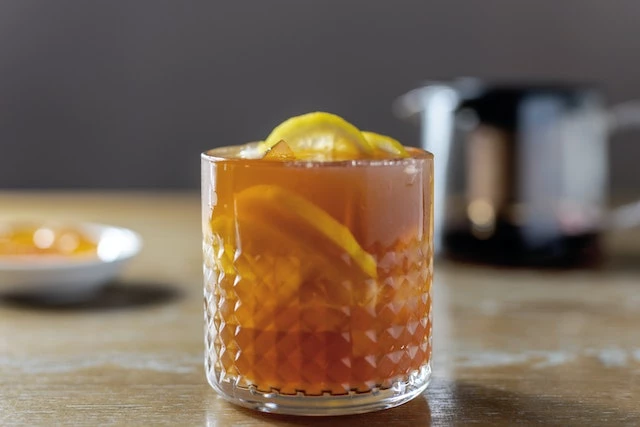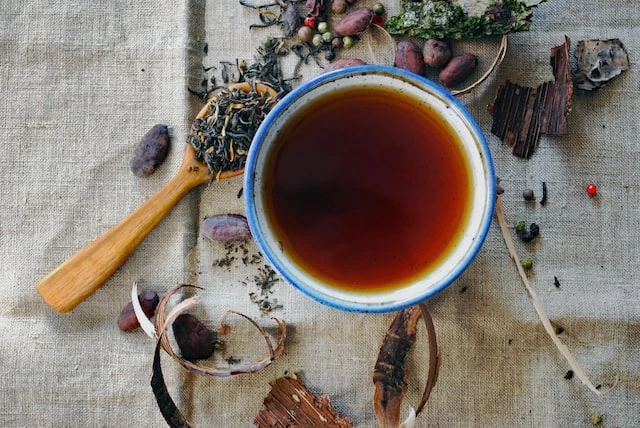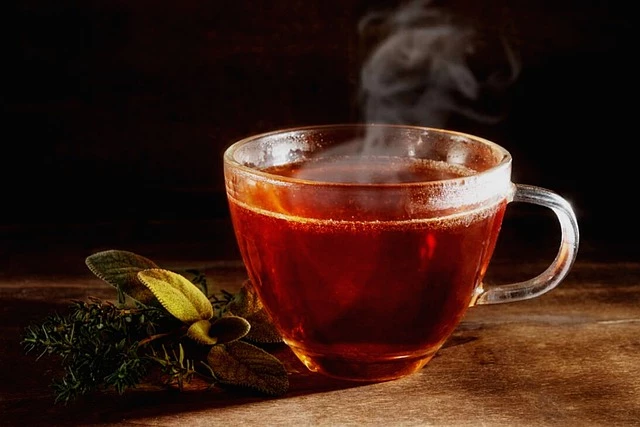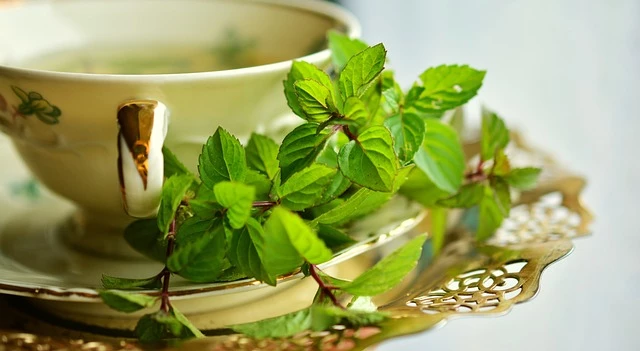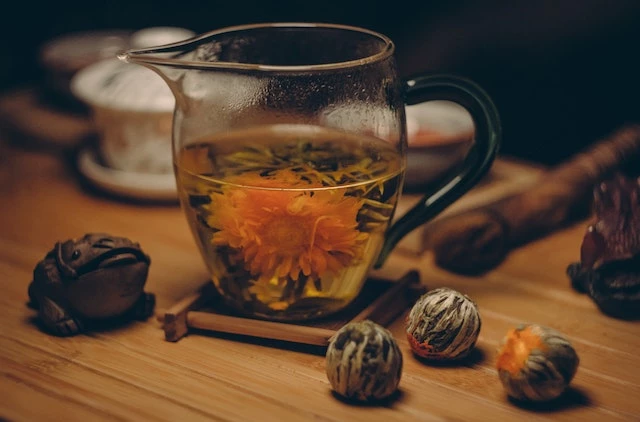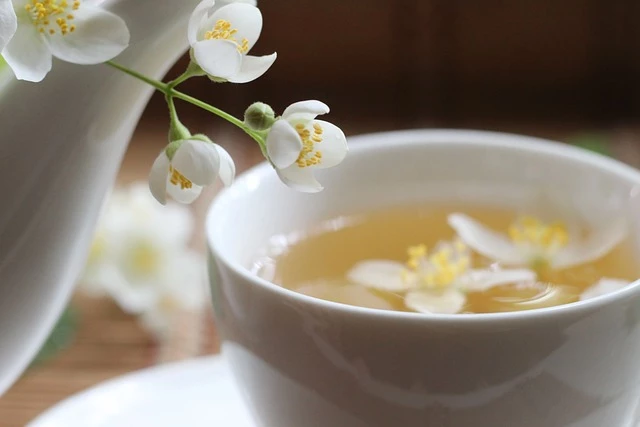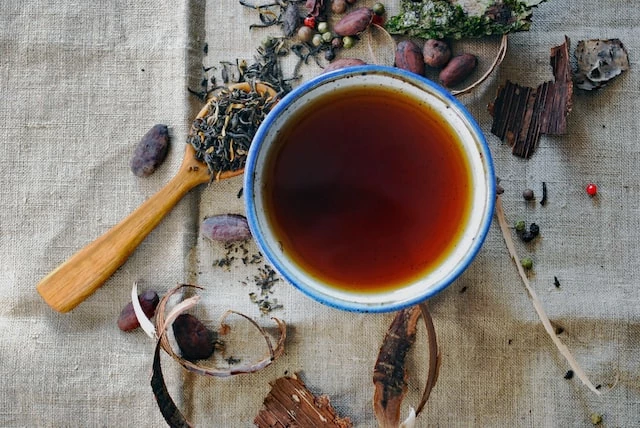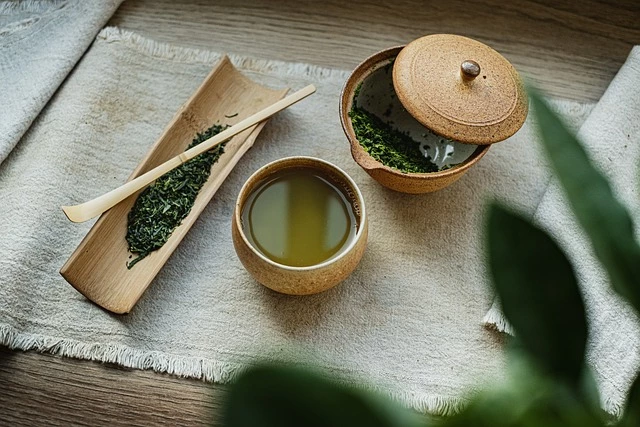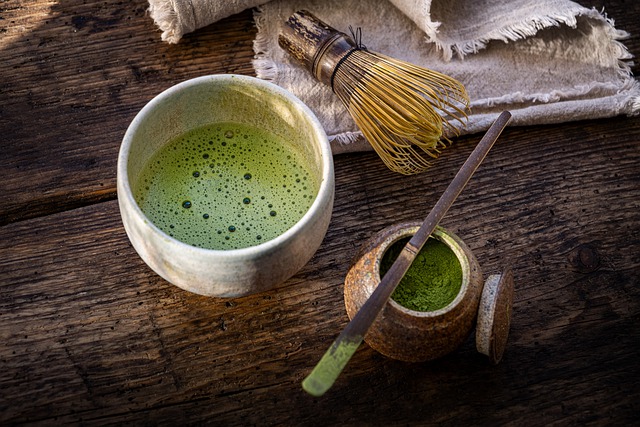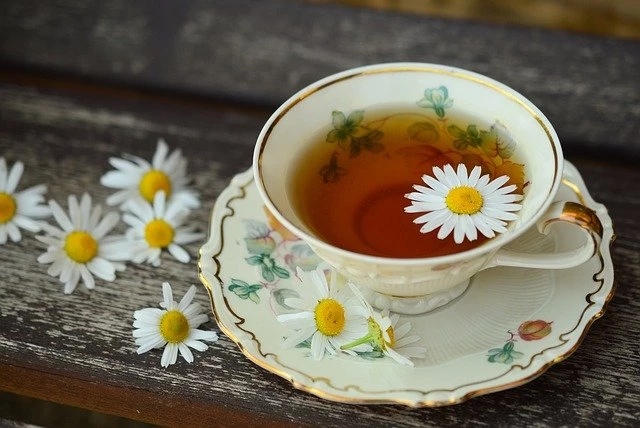Does Pu erh Tea Have Caffeine?
Jan 13 2023 Tea Caffeine Content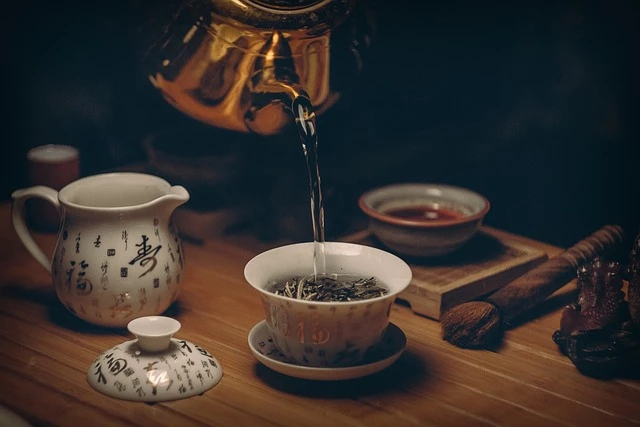
Pu-erh tea could be a sort of fermented tea that’s customarily delivered within the Yunnan area of China. It is known for its wealthy, natural flavor and is accepted to have well-being benefits such as helping weight misfortune and making strides in assimilation. In terms of caffeine substance, like most teas, Pu-erh tea does contain caffeine, but the sum can change depending on components such as the sort of Pu-erh tea and how it is brewed.
What is Pu erh Tea?
Pu-erh tea, also known as Pu-erh, Puer, or Bolay, is a type of fermented tea that originated in the Yunnan province of China. It is made from sun-dried and then fermented large-leaf tea varietals, usually grown in the region of Yunnan. It is known for its unique and complex flavor profile that can range from earthy, woody, and mossy to sweet and fruity, depending on the age and method of production.
Pu-erh tea is produced in two main types: raw (sheng) and ripe (shu). The difference between the two is in the fermentation process. Raw Pu-erh tea is made from sun-dried tea leaves that are then left to ferment naturally over time, while ripe Pu-erh tea is made by compressing and fermenting sun-dried tea leaves with a special bacteria. This process gives ripe Pu-erh tea a stronger and more robust flavor compared to raw Pu-erh tea.
Pu-erh tea is also known for its health benefits. It is said to aid weight loss, improve digestion, lower cholesterol, and improve circulation. It is also believed to have anti-aging properties and to help with hangovers. It is also a tea that improves with age, like a fine wine, and can be aged for several decades.
The production of Pu-erh tea is a complex and labor-intensive process, requiring skill and expertise. The leaves are carefully selected, withered, and then pan-fired or sun-dried before being shaped into cakes or bricks, and then aged. The aging process can take anywhere from several months to several decades, and the older the tea, the more expensive it becomes.
Pu-erh tea is usually brewed as loose leaves or compressed into cakes or bricks. It is prepared by brewing the leaves in hot water, with a brewing time of around 3 to 5 minutes. The leaves can be brewed multiple times, with each infusion revealing different flavor and aroma notes. Read more about Pu erh tea here.
How Much Caffeine is in Pu erh Tea?
So, yes pu-erh tea, like most teas, does contain caffeine, but the sum can shift depending on variables such as the sort of Pu-erh tea and how it is brewed.
On average, Pu-erh tea can have around 15-60mg of caffeine per 8oz glass. Usually considered to be a direct sum of caffeine, as compared to other sorts of tea. For case, a container of green tea has around 30mg of caffeine per 8oz cup and black tea has around 40-60mg of caffeine per 8oz container. Whereas a glass of coffee has around 95mg of caffeine per 8oz glass.
It ought to be famous that the caffeine substance of Pu-erh tea may shift depending on the age of the tea. Younger Pu-erh teas will by and large have a better caffeine content than more seasoned teas.
In common, Pu-erh tea could be a great choice for those who need to appreciate the flavor and well-being benefits of tea without the tall caffeine substance found in coffee. It’s too an incredible choice for those who are seeking a more direct caffeine boost when compared to other teas.
What are the Effects of Caffeine on Pu erh Tea?
Caffeine is a natural stimulant found in many plants, including tea leaves. In moderate amounts, caffeine can have positive effects on the body, such as increasing mental alertness and focus, boosting mood and energy levels, and reducing fatigue. However, consuming too much caffeine can lead to negative effects such as jitteriness, anxiety, insomnia, and increased heart rate. Check out all the teas that help with anxiety and insomnia.
The impacts of caffeine in Pu-erh tea will depend on the sum of caffeine devoured and the individual’s affectability to caffeine.
In a moderate amount, caffeine from Pu-erh tea can give a boost in vitality and mental readiness. It can too make strides in disposition and center, making it an extraordinary refreshment for those who ought to remain alarmed and centered for long periods of time.
Expending as well much caffeine can lead to negative impacts such as jitteriness, uneasiness, sleep deprivation, and expanded heart rate. It is prescribed to expend Pu-erh tea in balance, particularly for those who are touchy to caffeine.
It’s too worth noticing that Pu-erh tea has other benefits such as supporting weight misfortune and progressing assimilation, and it is accepted to have anti-aging properties and offer assistance with headaches.
Factors that influence the caffeine content of pu erh tea?
There are several factors that can influence the caffeine content of Pu-erh tea, such as:
Type of Pu-erh Tea
The type of Pu-erh tea can affect the caffeine content, with raw (sheng) Pu-erh teas generally having a lower caffeine content than ripe (shu) Pu-erh teas. The fermentation process in shu pu-erh tea can cause the caffeine to break down, reducing the overall caffeine content.
Age of the Tea
The age of the tea can also affect the caffeine content, with younger Pu-erh teas generally having a higher caffeine content than older teas. As the tea ages, the caffeine content may decrease due to the natural aging process.
Leaf Quality
The quality of the tea leaves can also affect the caffeine content. High-quality leaves tend to have a higher caffeine content than lower-quality leaves.
Leaf Quality
The quality of the tea leaves can also affect the caffeine content. High-quality leaves tend to have a higher caffeine content than lower-quality leaves.
It’s important to note that the caffeine content of Pu-erh tea can also vary depending on the specific brand or producer, so it is always a good idea to check the label or ask the seller for information on the caffeine content of a specific brand or batch of Pu-erh tea.
How to avoid Caffeine in Pu erh Tea?
There are several ways to avoid caffeine in Pu-erh tea:
Choose decaffeinated pu erh tea
Some manufacturers offer decaffeinated versions of Pu-erh tea that have had the caffeine removed through a decaffeination process.
Brew for a shorter time
Brewing the tea for a shorter time will result in less caffeine extraction. It is suggested to brew Pu-erh tea for around 3-5 minutes.
Use fewer tea leaves
Using fewer tea leaves will also result in less caffeine extraction.
Use cooler water
Brewing the tea with cooler water will also result in less caffeine extraction. The ideal brewing temperature for Pu-erh tea is around 208°F (98°C).
Drink herbal tea
If you’re looking for an alternative to Pu-erh tea that is caffeine-free, there are many herbal teas available that don’t contain caffeine. Some examples are chamomile, mint, and lemongrass.
Drink Pu-erh tea during the day
The body metabolizes caffeine more quickly during the day, so drinking Pu-erh tea in the morning or afternoon will likely have a less disruptive effect on sleep than drinking it in the evening.
These methods can help to reduce the caffeine content of Pu-erh tea, it may not completely eliminate the caffeine. It’s always a good idea to monitor one’s own reaction to caffeine and adjust intake as necessary. Additionally, It’s always recommended to consult with a doctor to determine the appropriate caffeine intake for an individual.
Which Type of Pu erh Tea has the Most Caffeine?
There are two main types of Pu-erh tea: raw (sheng) and ripe (shu).
Raw Pu-erh Tea (Sheng Pu-erh)
This type of Pu-erh tea is made from sun-dried tea leaves that are then left to ferment naturally over time. The caffeine content of raw Pu-erh tea can range from 15-45mg per 8oz cup.
Ripe Pu-erh Tea (Shu Pu-erh)
This type of Pu-erh tea is made by compressing and fermenting sun-dried tea leaves with a special bacteria. This process gives ripe Pu-erh tea a stronger and more robust flavor compared to raw Pu-erh tea. The caffeine content of ripe Pu-erh tea can range from 30-60mg per 8oz cup, due to the fermentation process.
Does Pu erh Tea Have More Caffeine Than Coffee?
Pu-erh tea generally has less caffeine than coffee. On average, Pu-erh tea can have around 15-60mg of caffeine per 8oz cup, while a cup of coffee has around 95mg of caffeine per 8oz cup. This means that Pu-erh tea generally has about 60-80% less caffeine than coffee.
The caffeine content of Pu-erh tea may vary depending on the age of the tea, the quality of the leaves, the method of preparation, and the serving size.
The Final Thoughts
In conclusion, Pu-erh tea may be a type of matured tea that started within the Yunnan area of China. It is known for its interesting and complex flavor profile and is accepted to have well-being benefits such as helping weight misfortune and progressing absorption. Pu-erh tea contains caffeine, but the sum can shift depending on variables such as the sort of Pu-erh tea, the age of the tea, the quality of the clears out, the strategy of planning, and the serving size.
Also, read our other articles about caffeine content!
Does Tea Have Caffeine?
Does Black Tea Have Caffeine?
Does Green Tea Have Caffeine?
Does Herbal Tea Have Caffeine?
Does White Tea Have Caffeine?
Does Rooibos Tea Have Caffeine?
Does Oolong Tea Have Caffeine?
Does Sweet Tea Have Caffeine?
Does Iced Tea Have Caffeine?
Does Yerba Tea Have Caffeine?
Caffeine in Tea vs Coffee
